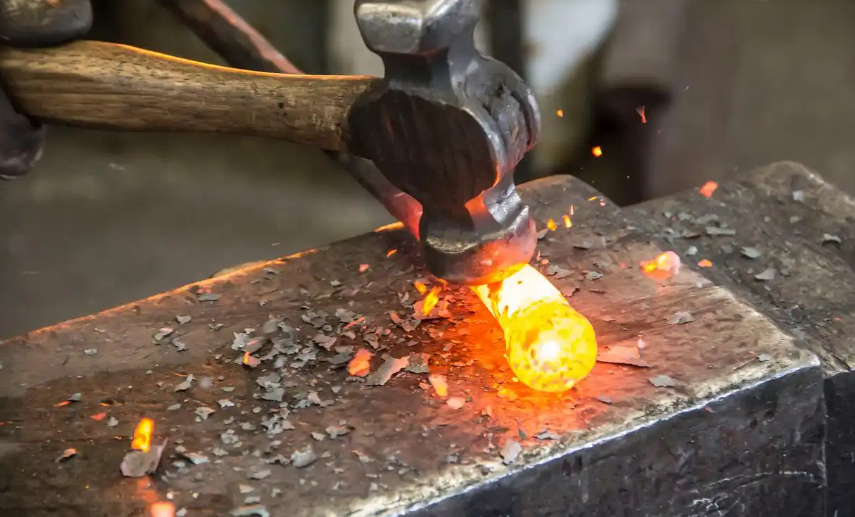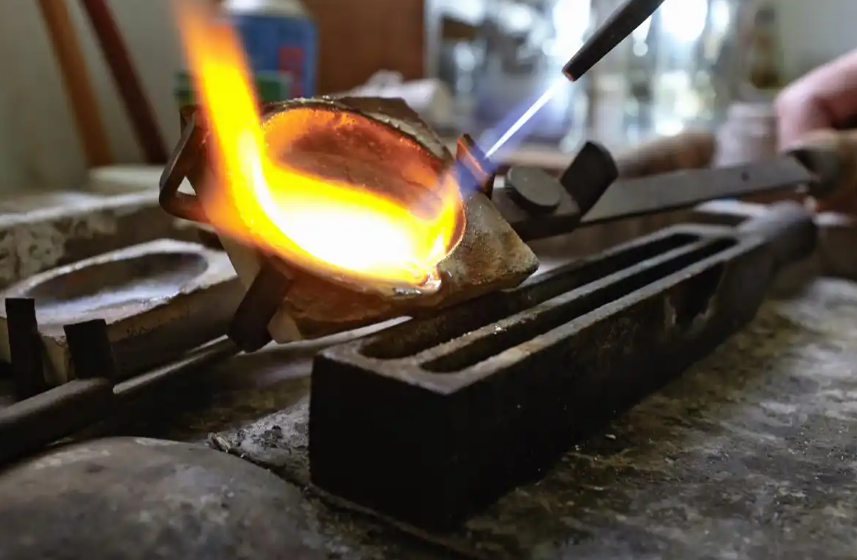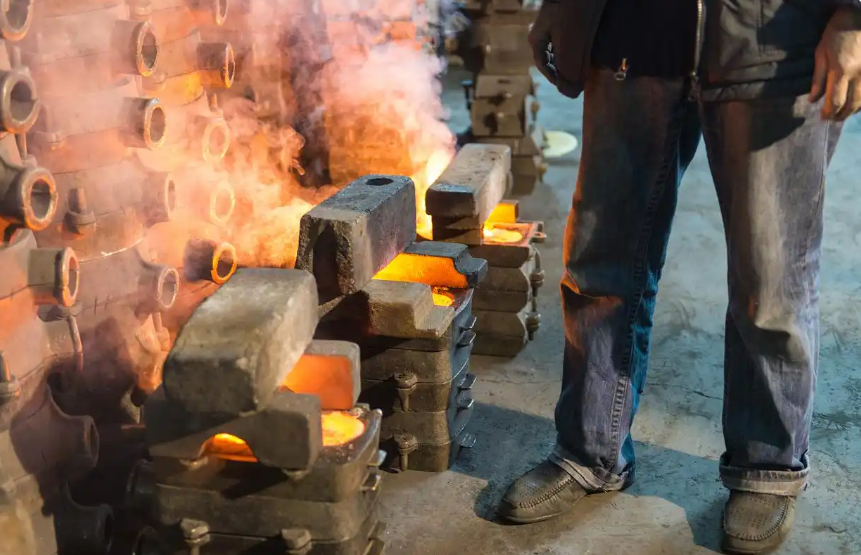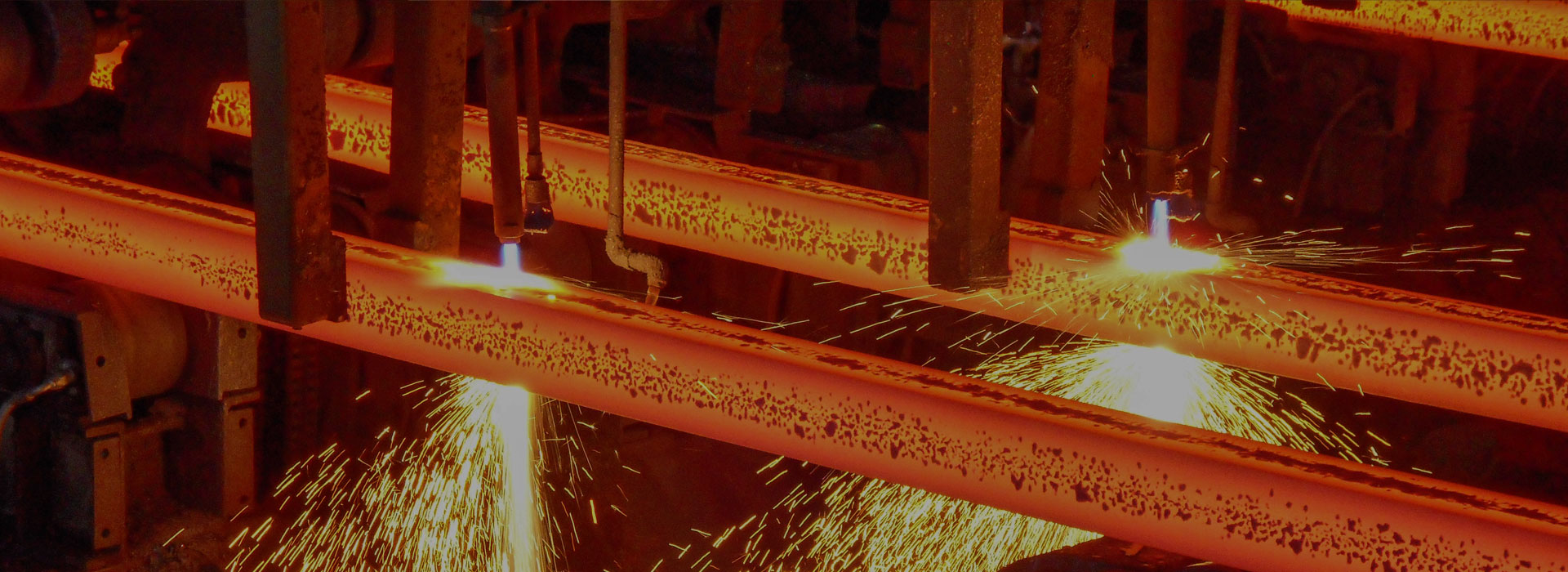What are the advantages of casting compared to forging?
2025-10-22
Casting is an ancient manufacturing method that can be traced back 6,000 years in China. It is one of the earliest metal hot-working techniques mastered by humans. During the production process, people often compare casting and forging. So what are the differences between the two?
Differences Between Casting and Forging
Process Casting involves pouring molten metal into a mold cavity shaped according to the desired part. Once it cools and solidifies, the part or blank with the required shape and properties is obtained. Forging, on the other hand, involves heating metal blocks to a plastic state and then deforming them through pressing, stretching, or compressing forces to obtain the required shape.

Manufacturing Method
Casting pours molten metal into molds, making it possible to produce parts with complex shapes and hollow structures.Forging shapes metal blocks through deformation, making it suitable for manufacturing high-strength parts and parts with special material performance requirements.
Material Properties
Casting usually retains the properties of the original material, but due to slower cooling rates, defects are prone to occur.Forging can improve the metal's grain structure, increasing material density and uniformity, thereby enhancing the strength and toughness of the part.

Advantages of Casting
Casting can produce parts with complex shapes, especially those with intricate internal cavities, such as various housings, bed frames, and machine frames. Raw materials for casting are widely available, and casting is highly adaptable and flexible. It can use commonly used industrial metals, and cast sizes vary from a few grams to hundreds of tons. Additionally, casting costs are relatively low, and applications are extensive.
With the development of the casting industry, casting has become one of the fundamental processes in modern mechanical manufacturing. As a relatively economical blank-forming method, casting is more economical for parts with complex shapes, while forging is suitable for producing high-strength parts with high-performance requirements.




